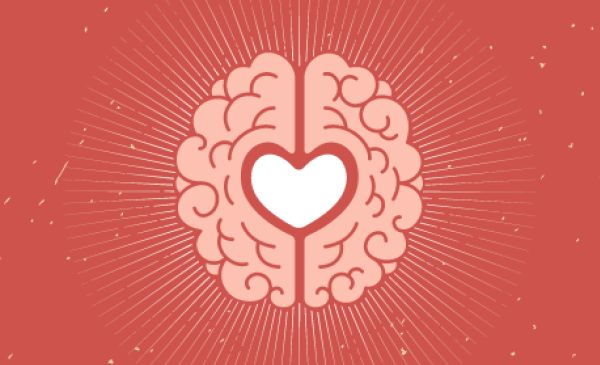
A couple days ago, I was in a Scandinavian airplane on my way to Los Angeles. Ignoring the airline food, I noticed a cute little branding experiment on the tray. A small notice was printed on an item. It declared, “Pepper has been called the gift of the East.” (I overlooked the fact “gift” means poison in my native Danish.)
The statement aptly communicates the airline’s Scandinavian values: among them the Northern European delight in thoughtful detail, appropriate explanation, and historical attribution.
Why would I call this branding at all? Because taken together, the smallest of onboard details conspire to build a total airline brand picture. Normally, I can barely distinguish one airline’s food tray from the next. Sure, the cutlery may carry the company logo. So what? A logo is a given. It doesn’t make you think about, act on, or consider the brand. But the Scandinavian airline’s pepper packet did.
Branding creates attachments between consumers and your brand. The stronger the attachment, the better the branding. So, let me ask you this: Is it possible to create human attachments between, say, stereo equipment manufacturers and their customers? If so, how would you achieve it?
If you’re drawing a mental blank, visit the Bang & Olufsen website. The experience is an interesting take on branding through emotional attachment. Besides all the hi-tech talk you’d expect, the site has extra finesse: a story element.
The flat-screen product section offers the story of the flat-screen — how it was invented and conceived. A Flash intro transports you through the designer’s ideas and inspiration sources. Who knew the designer’s inspiration was found in not-yet-hung paintings, propped up against a gallery wall?
The story changed my impression of the product. The flat-screen TV is no longer just a TV, but a piece of history. Now, whenever I pass flat-screen TVs in a store window, I’m instantly transported into the mind of the designer. I’m able to see the appliances as the outcome of inspiration. Thus, an emotional link between the brand and me.
The people you do business with — regardless of whether you’re business-to-consumer (B2C) or business-to-business (B2B) — are human beings. We all have emotions our attachments are built upon. The more emotional the ties attached to products, the stronger the brand loyalty you can generate.
At every opportunity, wrap your products in a history. Make the story tangible, thereby liberating your product or service from its putative existence as just another factory-generated commodity. Make sure your audience gets to know who’s behind the product: the designer, your call-center operators, and the salespeople who stand behind your online and offline counters. Make it personal. Remove the assumption no real people are behind or involved with your product. Try to avoid making your site too corporate. Avoid over-slick perfection.
A former ambassador to Japan recently told me a story I’d like to share in closing. While visiting an extremely wealthy Japanese businessman who lived outside Tokyo, the former ambassador noticed a member of his host’s household staff sweeping the huge driveway leading to the house. It took the chap hours to remove every last leaf. When at last he’d cleared every leaf from the drive, he made certain to finish the job by artfully placing a few leaves back on the roadway.
The baffled ambassador asked why. His host replied, “Because, of course, it must look natural.”
The Blake Project Can Help: Accelerate Brand Growth Through Powerful Emotional Connections
Don’t Let The Future Leave Your Brand Behind. Join Us At The Un-Conference – Marketing’s Only Problem Solving Event.
Branding Strategy Insider is a service of The Blake Project: A strategic brand consultancy specializing in Brand Research, Brand Strategy, Brand Licensing and Brand Education





One comment
Brandon R Allen
February 26, 2009 at 10:47 am
Building emotional attachment is important. This is something that I did as a salesperson all of the time. I didn’t sell the product. I sold the personal lifestyle that would come as a result of purchasing. Stories are always good although we need to be careful about how many stories we tell about us because in the end customers are interested in what the product will do for them. We need to paint the picture of how our product or service affects them as well.
Comments are closed.